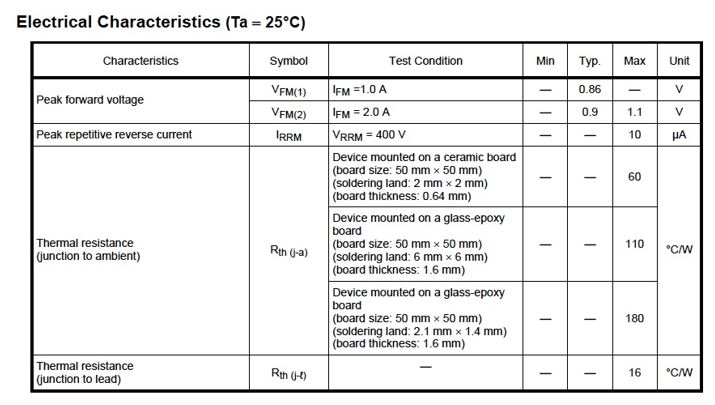In this post we will answer the question “What is the power diode?”. A power diode is a two terminal device, where one terminal is an anode, and the second terminal is a cathode. If the anode voltage is higher than the cathode voltage, then the diode is forward biased and the forward current flows through the diode IF.
In this position the current through the power diode increases steadily and the voltage also increases. When the diode is reverse biased, only a small current flows through the diode – this is called leakage current. It can be ignored in many cases. In this position, the current is relatively negligible until some reverse voltage level occurs – this is called breakdown voltage.
If the power diode reaches this voltage level, the current increases rapidly. The DC diode is characterised with forward voltage , breakdown voltage and reverse current . The forward voltage is the voltage drop of the diode at a certain current when the diode is forward biased.
The breakdown voltage is the voltage drop of the power diode at certain current (characterised by the avalanche), when the diode is reverse biased. Reverse current is the leakage current through the reverse biased diode at a certain level of voltage less than the breakdown voltage (Figure 1).
The AC diode is characterised by the Forward recovery time and reverse recovery time and diode capacitance . Forward recovery time is the time required for the diode to stabilise the voltage drop to the certain level after the current starts to flow through the diode. Reverse recovery time is the time before the reverse current will drop to the certain value, applying the reverse voltage (Figure 2). In the lower , the faster diode is switching. The is formed by the two times and , which depend on the softness factor of the diode:
, when the is negligible, , and .The diode capacitance is a sum of junction capacitance and package capacitance. Another important parameter is transient thermal resistance that indicates instantaneous junction temperature of the diode.


Power diodes are characterised by two voltage ratings: repetitive peak inverse voltage and non-repetitive peak inverse voltage . The repetitive voltage is applied to the diode sustainably, the non-repetitive voltage is the ability of the diode to block reverse voltage. Power diodes are usually mounted on the heat-sink to dissipate power during diode operation. And the power diode is usually characterised by average current, rms current and peak current.
Snubber circuits are useful when using the diodes in switching regimes, which saves the diode from over-voltage in the reverse recovery process. The very common snubber circuit is depicted in Figure 3.
The rating: , usually mentioned in a datasheet, will help to estimate the snubber capacitance level , the can then be calculated from the datasheet ratings: .
For some applications, where a designed circuit should be high voltage or high current, diodes can be connected in series or in parallel to each other in order to reach the desired levels.

Let’s consider the power diode from Toshiba’s CMG02 product line – a general purpose rectifier. Figure 4 and 5 show the ratings from the datasheet for this diode, which can be very helpful in choosing the rectifier for your designs. Usually developers use and ratings for choosing the proper diode.


Power diodes can be used for a rectifier of AC signal, voltage clamper or voltage multiplier.
Power Electronics: Power Bipolar Junction Transistor (Power BJT)




